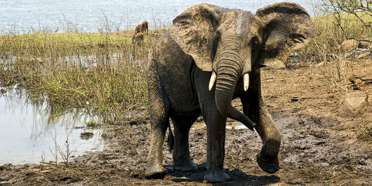
Safari Tours to Majete WR
-
![12-Day Classic Malawi Safari & Beach Holiday]()
12-Day Classic Malawi Safari & Beach Holiday
$6,279 to $8,299 pp (USD)
Malawi: Private tourLuxuryLodge & Tented Camp
You Visit: Blantyre (Start), Majete WR, Liwonde NP, Lake Malawi, Cape Maclear (Lake Malawi), Lilongwe (End)

Wayfairer Travel
4.8/5 – 155 Reviews
-
![12-Day Malawi Highlights Adventure]()
12-Day Malawi Highlights Adventure
$6,144 pp (USD)
Malawi: Private tour
Mid-range Lodge & Tented CampYou Visit: Blantyre (Start), Majete WR, Thyolo Mts, Liwonde NP, Lake Malawi, Lilongwe (End)

Crafted Africa
5.0/5 – 68 Reviews
-
![8-Day Malawi Safari, Nature & Beach-Private Accommodated]()
8-Day Malawi Safari, Nature & Beach-Private Accommodated
$2,395 pp (USD)
Malawi: Private tour
Mid-range Lodge & Tented CampYou Visit: Blantyre (Start), Majete WR, Zomba Plateau, Cape Maclear (Lake Malawi), Mumbo Island (Lake Malawi), Blantyre (End)

Indigo Safaris
4.8/5 – 130 Reviews

 Malawi Parks
Malawi Parks










